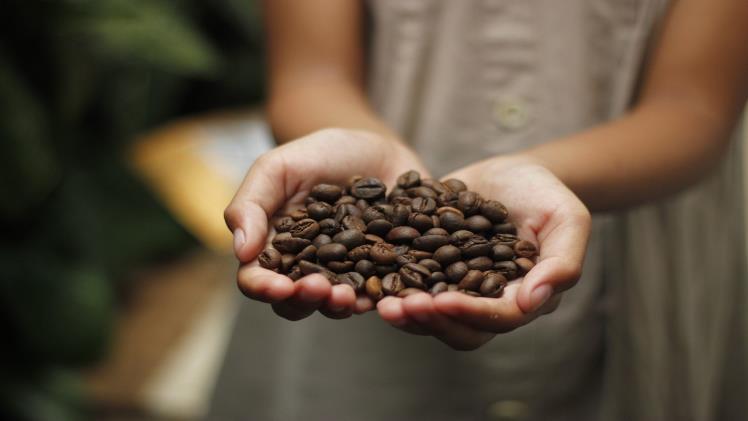Some people wake up and need an espresso to get themselves going in the morning. Meanwhile, others like a larger coffee and feel as though this benefits them more. But how do the beans differ between the two drinks? After a short amount of research, you’ll realise that there are some common contradictions and misconceptions that arise in this area. Therefore, it’s time to settle the debate once and for all.
Coffee Beans vs Espresso Beans
When shopping at the supermarket, you’ll notice that some packets say ‘coffee beans’ while others say ‘espresso beans’. First things first, espresso is a type of coffee, and this is important to understand because it provides the foundation for everything else in this guide. While all espressos are coffee, not all coffees are a form of espresso.
Therefore, espresso beans are coffee beans that have been roasted for much longer. When you pick up a packet of espresso beans, you’ll notice that they’re ultra-fine ground dark roast.
With this in mind, let’s tackle the caffeine debate. It’s generally understood that espresso has more caffeine than traditional coffee, right? Well, this is actually wrong. Of the two, it’s the cup of coffee that contains more caffeine. Since espresso beans are roasted for longer compared to medium roast or light roast beans, some of the caffeine burns away.
Also, it’s a matter of caffeine per ounce. Since espresso is designed to offer a shot of coffee, the drink has a higher caffeine concentration…but you shouldn’t confuse this for higher caffeine content. Drip coffee contains more caffeine overall, but espresso coffee contains a higher caffeine concentration.
Differences Between the Beans
Firstly, experts often note a difference in the natural oils contained in the beans. Espresso beans have an oily shine, and this leads to a crema during the production process. When an espresso doesn’t have the same crema, this normally means that the maker has used traditional coffee beans, which are not quite as rich in natural oils.
Another reason why traditional coffee beans don’t work so well for espresso coffee is that you don’t get the bitter taste – this is because coffee beans are only roasted lightly. Espresso beans are heavily roasted and offer a much-adored bitter taste.
In terms of the manufacturing method, experts roast espresso beans at high temperatures for prolonged periods. As well as extracting oils, this helps to bring out the bold and rich flavours. From here, the beans are ground into a fine powder rather than a coarse texture.
As explored earlier, another difference is the caffeine content. The longer a bean is roasted, the more it loses caffeine. Since coffee beans aren’t roasted for as long, they contain more caffeine.
Finally, the roasting process with coffee beans makes them lighter. Why? Because the water content evaporates in high temperatures. Also, the fibres expand during the heating process, and this is why many espresso beans are larger than coffee beans.
Making the Perfect Coffee
Can you use traditional coffee beans for an espresso? Yes, but the results won’t be as good compared to espresso beans. Grind size, roasting process, and caffeine content all play an important role in differentiating coffee beans and espresso beans. If you want to make the perfect cup of coffee, whatever your preference, you need to choose the right beans. Fortunately, advanced brands like Bun Coffee beans in Sydney offer beans of the highest quality whether you prefer a large cup of coffee, a small espresso, or something else entirely.

